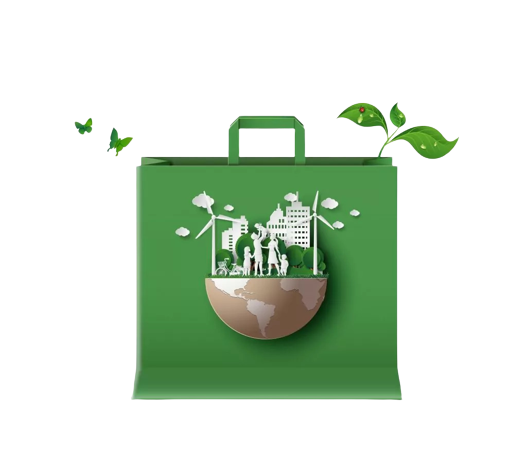Introduction
As environmental concerns grow, more people are looking for sustainable alternatives to traditional plastics. Biodegradable plastics have gained popularity as a potential solution, but there is still a lot of confusion surrounding them. This guide will help consumers understand what biodegradable plastics are, how they work, their benefits, and some common misconceptions.
slot qris slotgacor4d data macau gacor x1000 slotgacor4d slot gacor hari ini slot gacor maxwin toto togel slotgacor4dWhat Are Biodegradable Plastics?
Biodegradable plastics are materials designed to break down naturally over time with the help of microorganisms such as bacteria and fungi. Unlike conventional plastics, which can take hundreds of years to degrade, biodegradable plastics decompose into natural elements under specific environmental conditions. They are commonly used in packaging, food containers, shopping bags, and even medical applications.
How Do Biodegradable Plastics Break Down?
The breakdown of biodegradable plastics depends on several factors, including temperature, humidity, oxygen levels, and microbial activity. These plastics are designed to degrade into water, carbon dioxide, and biomass when exposed to the right conditions.
- Composting Environments: Some biodegradable plastics require industrial composting facilities with high temperatures and controlled conditions to break down efficiently.
- Home Composting: Certain biodegradable plastics can decompose in a home compost setup, but the process takes longer.
- Landfills and Nature: If biodegradable plastics end up in a landfill or an uncontrolled environment, they may not decompose as expected due to a lack of oxygen and microbial activity.
Types of Biodegradable Plastics
There are different types of biodegradable plastics, each with unique properties and applications:
- PLA (Polylactic Acid): Made from renewable resources like cornstarch or sugarcane, PLA is commonly used in food packaging and disposable cutlery.
- PHA (Polyhydroxyalkanoates): Produced by bacteria, PHA plastics are fully biodegradable and used in medical and agricultural applications.
- Starch-Based Plastics: These are blended with other biodegradable materials and are often used in bags and food packaging.
- Oxodegradable Plastics: These plastics contain additives that help them break down faster, but they can sometimes leave behind microplastics.
Benefits of Using Biodegradable Plastics
Switching to biodegradable plastics offers several advantages for the environment and businesses:
- Reduces Plastic Waste: Since biodegradable plastics decompose faster than traditional plastics, they help reduce long-term waste accumulation.
- Lowers Carbon Footprint: Many biodegradable plastics are made from renewable resources, which reduces dependency on fossil fuels and lowers carbon emissions.
- Safer for Wildlife: Unlike conventional plastics, biodegradable alternatives break down into natural elements, reducing the risk of harm to marine and land animals.
- Encourages Sustainable Practices: Businesses using biodegradable packaging promote eco-friendly practices, attracting environmentally conscious consumers.
Misconceptions About Biodegradable Plastics
Despite their benefits, several misconceptions surround biodegradable plastics:
- Biodegradable Plastics Decompose Instantly: Many people believe these plastics break down immediately after disposal. In reality, the process can take months or years, depending on environmental conditions.
- All Biodegradable Plastics Are Compostable: Not all biodegradable plastics can be composted at home. Some require industrial composting facilities to degrade properly.
- They Can Be Recycled Like Regular Plastic: Mixing biodegradable plastics with conventional plastics can disrupt the recycling process. It is essential to dispose of them according to specific guidelines.
Conclusion
Biodegradable plastics offer a promising alternative to traditional plastics, but they are not a one-size-fits-all solution. Understanding their types, decomposition process, and proper disposal methods is crucial for making informed choices. By choosing biodegradable plastics wisely and disposing of them correctly, we can contribute to a more sustainable future.
FAQ
How long does biodegradable plastic take to decompose?
The decomposition time varies depending on the type of biodegradable plastic and the environmental conditions. Some break down in a few months under industrial composting conditions, while others take years in landfills or natural settings.
Can biodegradable plastics be recycled?
Most biodegradable plastics cannot be recycled with regular plastics, as they require different processing methods. It is essential to check local disposal guidelines before recycling biodegradable plastics.
Do biodegradable plastics leave harmful residues?
True biodegradable plastics decompose into natural elements like water, carbon dioxide, and biomass. However, some oxodegradable plastics may leave behind microplastics if not properly processed. Always look for certified biodegradable products to ensure they break down safely.


